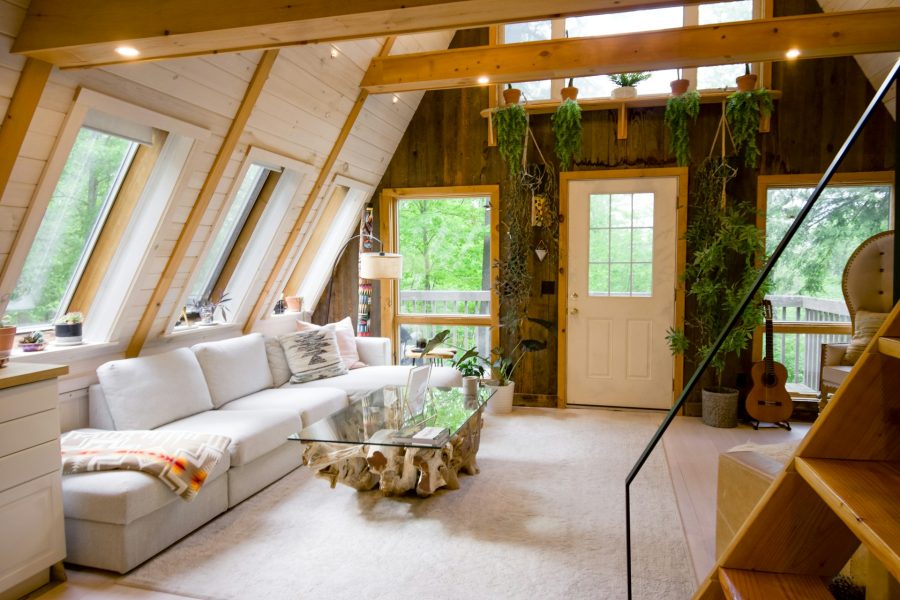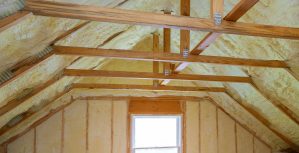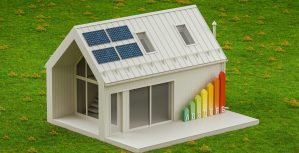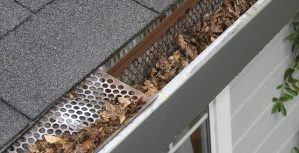Safe Access to the Attic: How to Choose the Perfect Loft Ladders?
The loft is an extra space in a house or other building that works perfectly for storing things we don’t use every day, seasonal equipment or creating a space to relax and chill out. To allow comfortable and safe access to this part of the house, it is very important to choose good quality and functional loft ladders.
The most popular choice, especially when you don’t have a lot of space, is a folding loft ladder, which will successfully hide in the ceiling while providing you with quick and easy access to the loft. A key advantage is that they can be folded down so they don’t take up your precious living space.
What are the types of loft stairs?
There are many different types of loft ladders on the market today. They can be made of wood, steel or even a combination of both materials. However, wood is the most commonly used material and the most popular species for their manufacture are oak, maple, birch, pine, ash or beech. In addition, harder and more colourful exotic woods such as teak or doussie are also increasingly being chosen.
To ensure durability and strength, it is recommended that steps are made from solid wood or glued laminated timber. In some cases, wood-based plastics are also used.
Loft ladders are available in a variety of designs and shapes, the most frequently chosen are:
- Folding sectional staircase – this is a convenient and space-saving staircase, as it retracts completely into the ceiling when folded. They are usually made of wood or metal and have a thermally insulated flap. They consist of several segments that slide in or over each other.
- Scissor (accordion) stairs – these fold into an accordion and are usually made of steel or aluminium. They are ideal for rooms where there is not enough space to open the folding versions. They are opened by stretching.
- Mill staircase – this type of staircase is non-folding and is usually used in rooms where there is insufficient space to fit other types of staircase, yet constant access is needed. It would be too cumbersome to open and close these stairs, so they always remain unfolded.
You can also find all these and even more types of staircases along with a description of their installation at https://www.fakro.co.uk/loft_ladders/.
What should you pay attention to when choosing a staircase?
In choosing a loft ladder, the most important factors are undoubtedly the technical parameters and the frequency of use. In addition, the place of installation will define how big the stairs need to be and what size the box should be. Another important question is whether you will be carrying heavy items frequently through this type of staircase. If this is the case, it is worth thinking about metal stairs, which are characterised by their greater durability, compared to wooden ones.
Equally important are the thermal insulation parameters, the airtightness class and the energy efficiency of the staircase, which is of paramount importance, especially in cold and unheated lofts. The staircase can then provide a good barrier between the warm living area and the cold attic.
Finally, don’t forget the visual aspects. Choose a staircase that corresponds well with the interior and character of the house. A staircase that blends well with the style will be the perfect complement to the space.
Staircase tailored to your needs
Thanks to the wide range of products offered by the company you can customise your loft ladder. What do we mean by this? First of all, the choice of material, sizes and colours but also various accessories, handrails, guard rails or loft ladders that increase the comfort of use.
Take care of every detail, including the footers mounted on the last segment of the ladder. This is because they give an aesthetically pleasing appearance and also improve the stability of the structure. The right material properties also ensure that they do not scratch the floor surface. It is such details that, along with the colour and size of the stairs, determine their final appearance and functionality.
Share It on :





